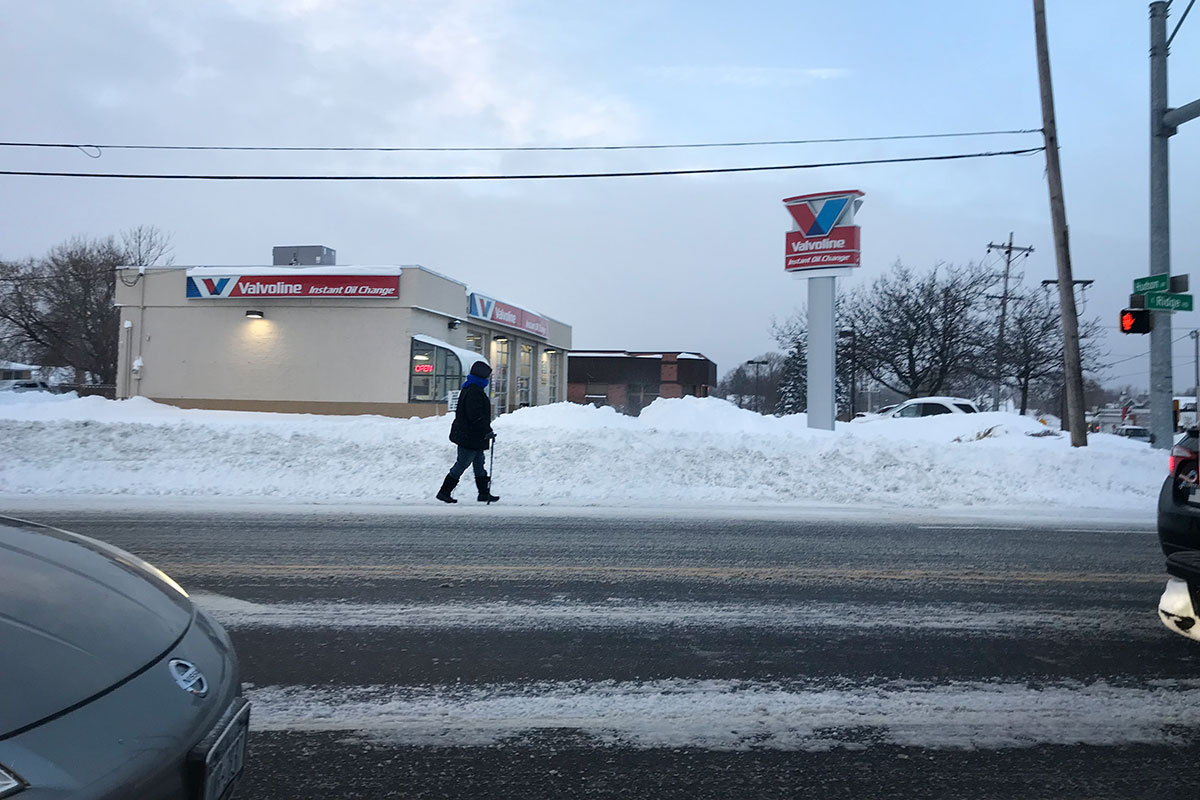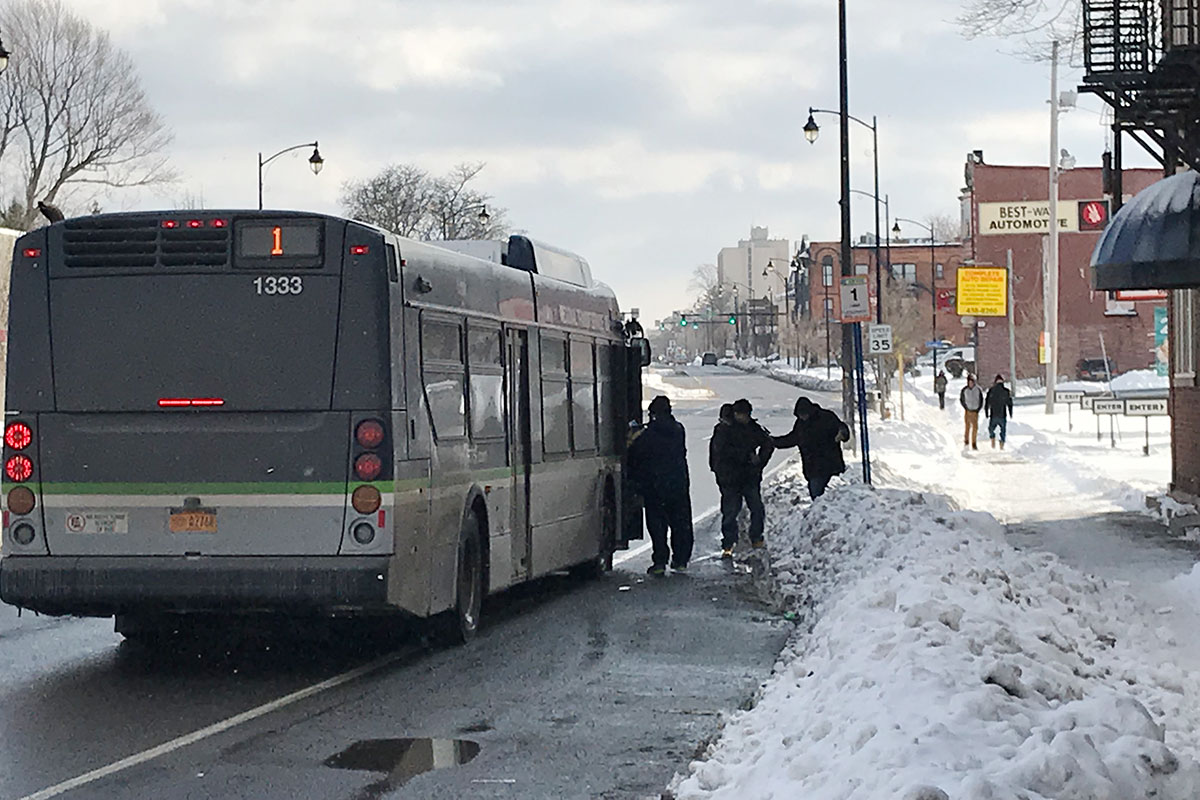
Lots of bikes at the main train station in Copenhagen! Notice double-decker parking at the far end of the lot.
What’s revolutionary about Copenhagen is how absolutely normal it all seems. In this, the world’s most bike-friendly city, bikes are just not a big deal, because bikes are everywhere. Copenhageners take it for granted that every street has a cycle track, up the curb from cars and separated from sidewalks. Copenhageners think nothing of seeing a street carrying more bikes than cars, because it’s almost impossible to find any street that isn’t. None of the two million residents of the Danish capital notice that school buses are totally absent, because kids pedal to school, or ride in a parent’s
cargo bike, and always have. Bikes in Copenhagen aren’t flashy or fast, don’t have shocks or carbon fiber frames, don’t even pretend to be sports equipment. They are simply transportation, with fenders and racks and baskets, and their dominance in this city makes it wonderfully vibrant, alive, and real.
Those of us who want our own cities to become wonderful in similar ways have to ask: What makes Copenhagen work so well? For sure, there is critical mass, a culture in which everybody bikes by default, and to do anything else puts you outside the norm. But that cultural psychology isn’t accidental, and is empowered by choices, initiatives, and above all, infrastructure. On a recent business trip, I had the happy opportunity to see it in person, and can share some observations.
For starters, in Copenhagen, you can bike with confidence that nearly every street will have a dedicated cycle track separating cyclists from both motorists and pedestrians, like
this one in front of the stock exchange.
Traffic signals for bikes (a la
Montreal) keep things flowing smoothly. Danish cyclists follow the signals and follow the rules, not only because Denmark has a culture of orderly conformity, but also because the infrastructure makes it easy. In Copenhagen, crossing a bridge on your bike isn’t harrowing or dangerous; in fact, you’ll find more bridges for bikes than for cars. The new
Inderhavnsbroen Sliding Bridge gives cyclists and pedestrians a harbor crossing that’s unavailable to motorists. The
Bryggebroen gives another, and upon reaching the west side of the harbor, cyclists ride a graceful
sky bridge that swoops above the public swimming pool and connects them directly to a large shopping center, without interfering with either pedestrians or cars.
The main entrance to the shopping center, of course, is
flanked by a parking garage–for bikes! In Copenhagen, you can also be confident that there will be sensible and convenient bike parking. My wife and I visited the shopping center on a day with temperatures near freezing and steady snowfall, which is unusually harsh weather for that coastal city, but
the garage was full anyway. At stately
Rosenborg Castle, where the Danish royalty lived for centuries, the
bike racks are tastefully tucked behind hedgerows–but certainly there are racks. Bike parking seems to go forever at the
Norreport metro station, and at the main train station,
the bikes are stacked double-decker (just like in
Trondheim).
My favorite place to park a bike in Copenhagen is Maersk Tower, not only because the tower enjoys a
fantastic view of the city, but because it features an
underground bike parking garage with a door that opens automatically when you pedal up to it. Wow. The tower is a new addition to the University of Copenhagen, and has no equivalent garage for cars. I’m told that when the Dean responsible for its construction was questioned about the design, she replied that she’s in her sixties, and bikes an hour each way to work everyday, and that everybody else can bike, too!
I haven’t even written about the food in Copenhagen, which is fantastic. Nor have I written about the parks, which are everywhere, or the museums or the attractions. That would be another article. But taken as a whole, Copenhagen is not just a clutter of tall buildings that happen to stand on the same patch of earth, but rather a coherent and interwoven city, a place where humans live that functions on human scales, and bikes are a key factor to its successes. Let’s learn all we can from it, and improve our own cities’ quality of life accordingly.




